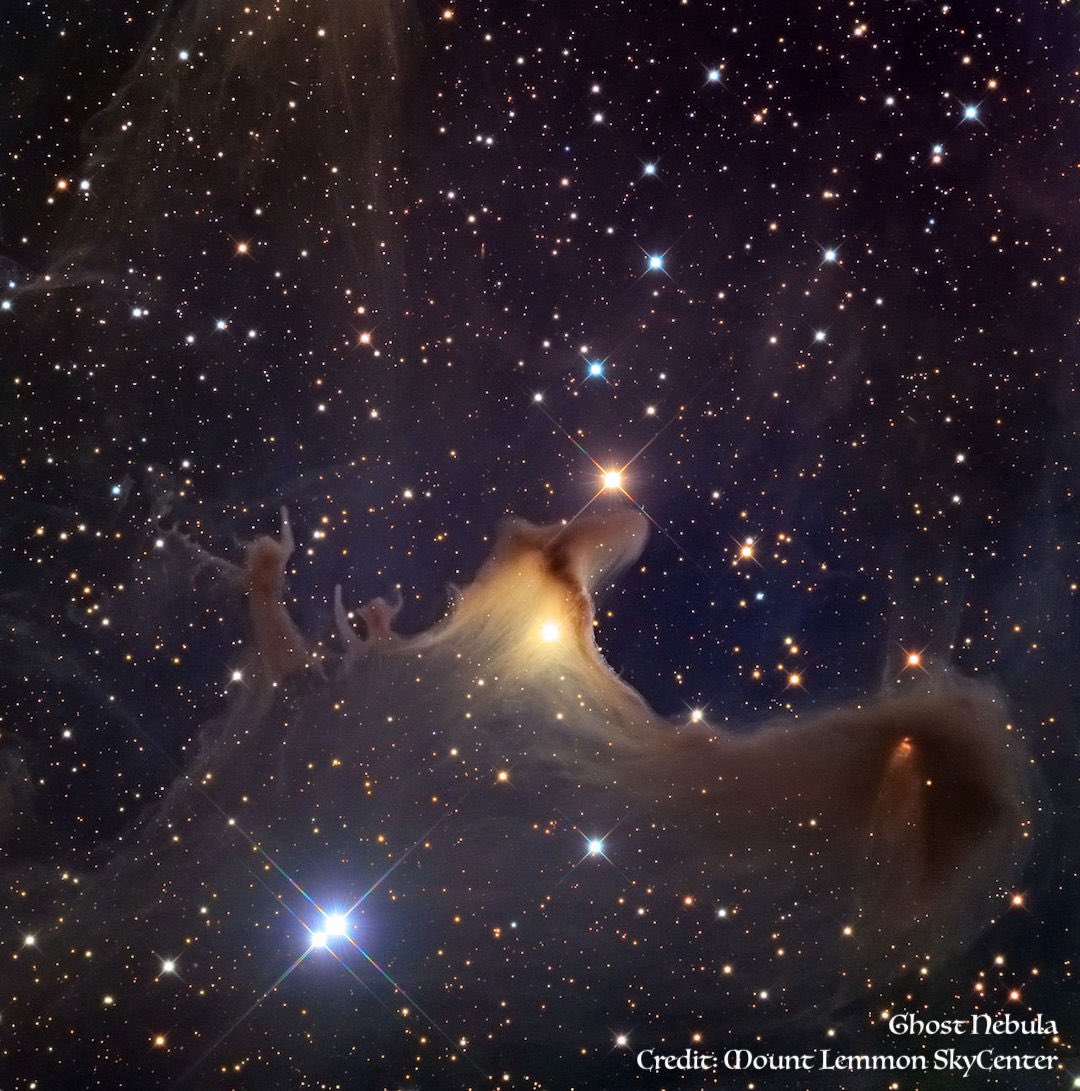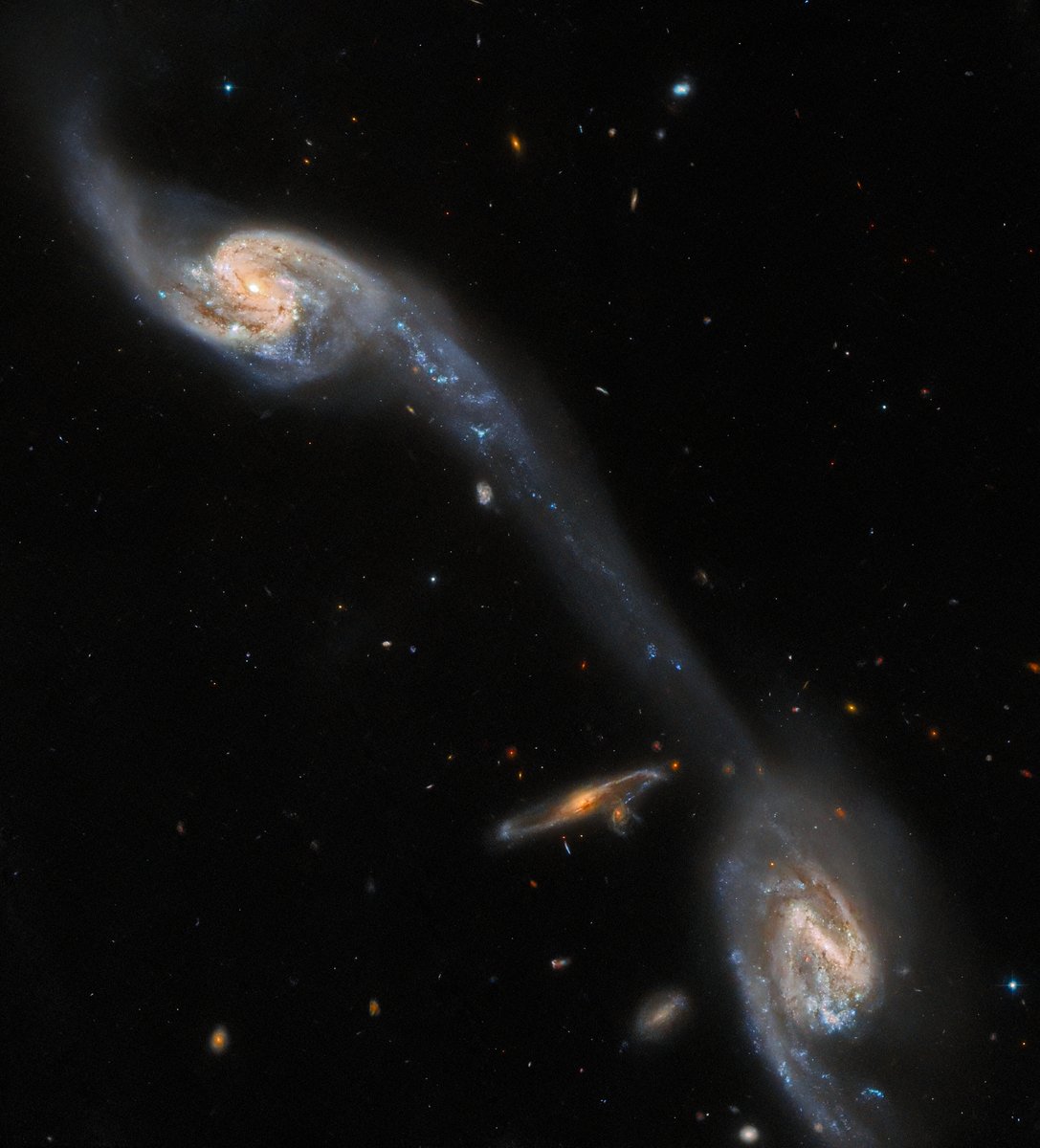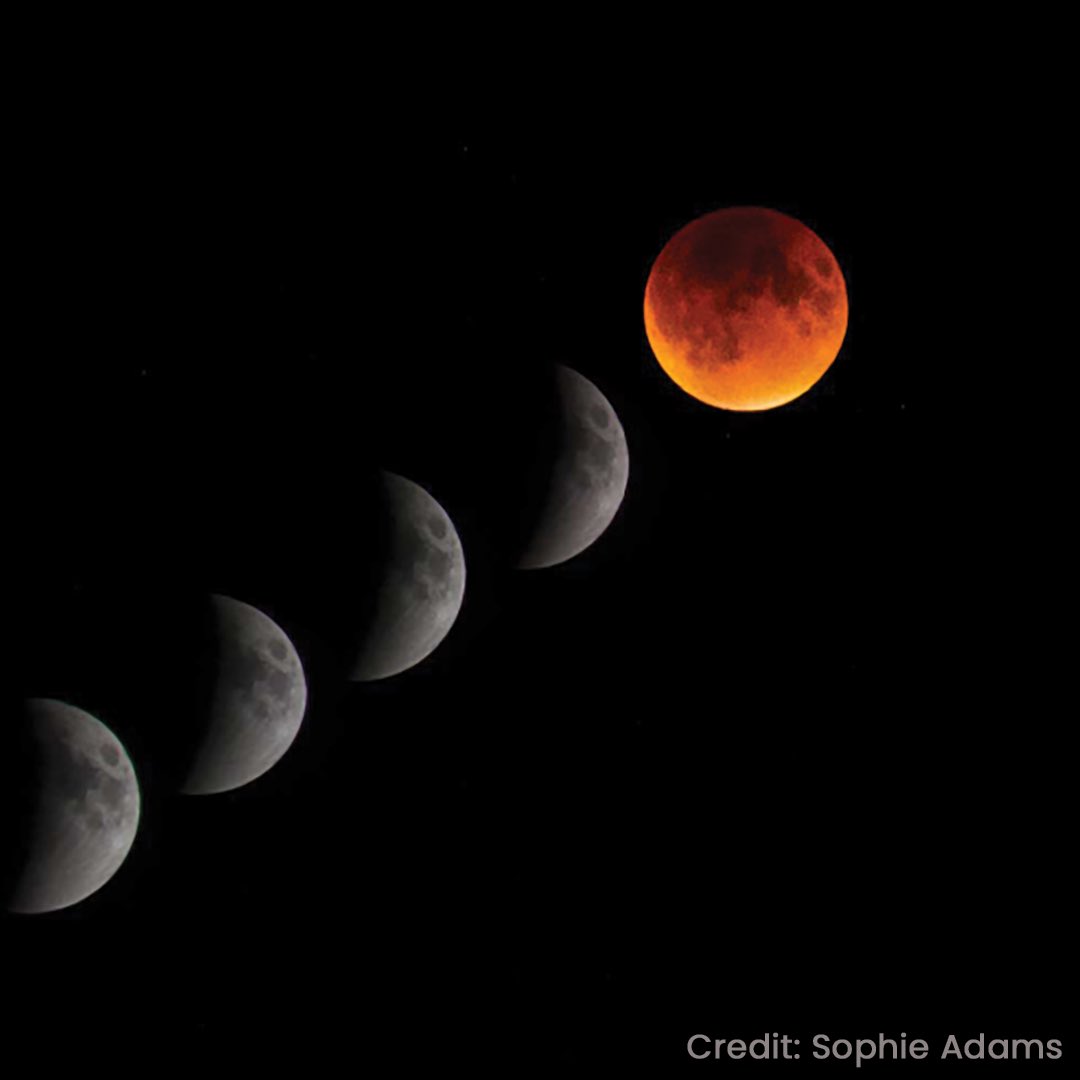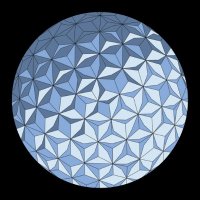
Fiske Planetarium
@fiskeplanet
Welcome to the Fiske Planetarium official Twitter! ⭐️ Born in Boulder - 1975 ⭐️ #MuseumsAreNotNeutral
ID: 53662673
https://lnk.bio/5Jp7 04-07-2009 12:53:38
2,2K Tweet
1,1K Takipçi
293 Takip Edilen

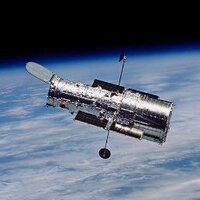
Time for a cosmic crossover! Two galaxies collectively known as IC 1623 are seen merging together by Hubble (left) and NASA Webb Telescope (right). Their collision has ignited a frenzy of starbirth: go.nasa.gov/3FfbZoM Why do these views look different? ⬇️


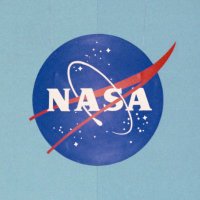

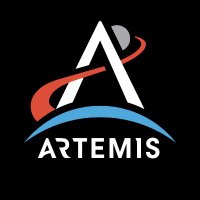
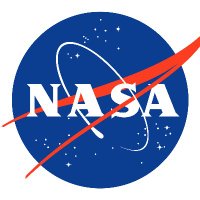
High above storm clouds, a crimson flash appears. It’s a sprite—one of the least-understood electrical phenomena in Earth’s upper atmosphere. You and your camera could add to a ground-breaking discovery. NASA Citizen Science and join the Spritacular project: go.nasa.gov/3W88nuA




Are you into the creepier side of the universe? Curious about black holes, dark matter, and dark energy? Explore the newly launched (and just in time for #Halloween) NASA Universe website ⬇️
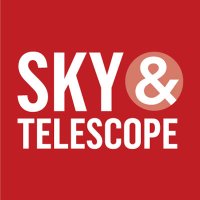

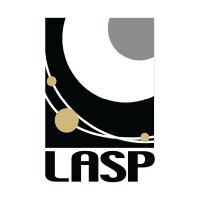

As we celebrate #NativeAmericanHeritageMonth, Nicole Mann (the first Native American woman in space) has some advice for children looking to pursue their own dreams. We'll share the stories of NASA's indigenous trailblazers throughout November: go.nasa.gov/3sPvI7a

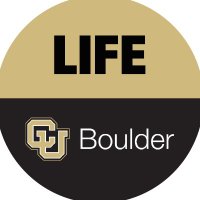
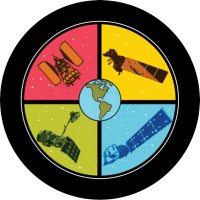
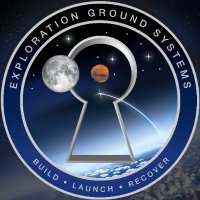
Call to stations for tonight's roll out for the launch of #Artemis I occurred at 6pm EDT. Tune into NASA's Kennedy Space Center’s live coverage of the roll, here: youtube.com/c/KSCNewsroom









